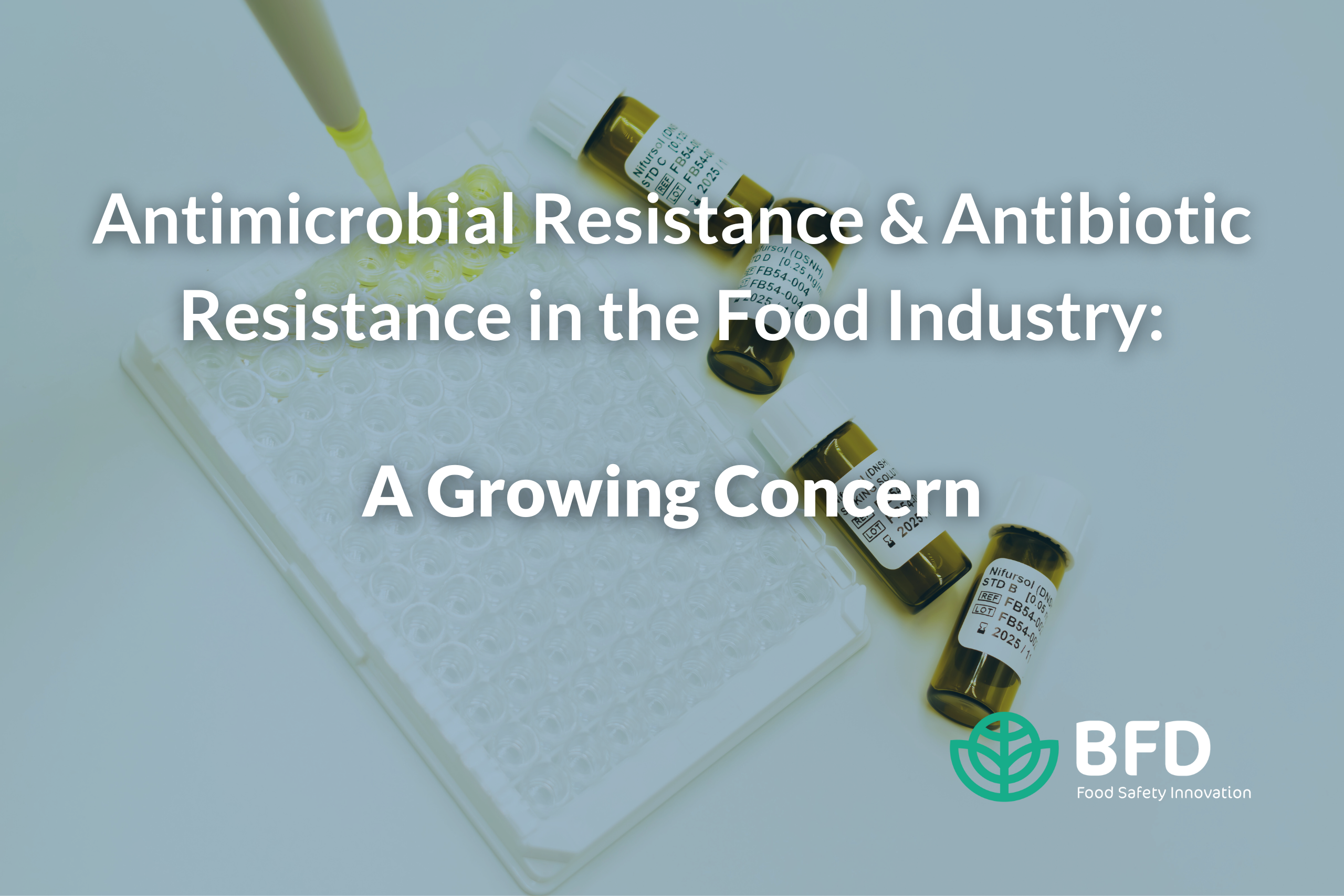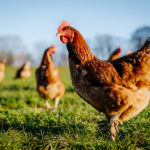
Antimicrobial Resistance and Antibiotic Resistance in the Food Industry: A Growing Concern
Antimicrobial resistance (AMR) and antibiotic resistance are among the most significant global public health threats of the 21st century. While these issues are often framed within the healthcare context, they have profound implications for the food industry. The overuse and misuse of antibiotics in food production, particularly in livestock farming, are major drivers of resistance development.
At Biorex Food Diagnostics, we focus on R&D to create innovative solutions that meet market needs. Our products are manufactured to the highest standards, ensuring the food and feed supply chain remains free from antibiotics and contaminants. Our ELISA kits enable rapid and reliable detection of antibiotics and drug residues in various sample types. In addition, our new FlowSense rapid tests deliver fast and precise antibiotic detection in honey, offering a cutting-edge solution for beekeeping and honey production.
What is Antimicrobial Resistance?
Antimicrobial resistance (AMR) occurs when microbes—such as bacteria, viruses, fungi, and parasites—develop the ability to resist drugs designed to kill or inhibit them. For bacterial infections, this means antibiotics may become less effective or even ineffective, complicating the treatment of common diseases.
Antibiotic resistance, a subset of AMR, refers specifically to resistance bacteria develop against antibiotics. In the food industry, this resistance is particularly concerning as it can be transmitted through the food chain, linking humans, animals, and the environment. Resistant bacteria in livestock or poultry may contaminate food products, increasing human exposure.
The Role of the Food Industry in Antibiotic Resistance
In the food industry, antibiotics have long been used to treat infections, promote growth, and prevent disease in crowded farming conditions. However, routine administration to healthy livestock increases production efficiency at the expense of fostering antibiotic-resistant bacteria.
Resistant bacteria in animals can reach humans via direct contact, contaminated food, or environmental pathways such as water or soil. These bacteria may cause infections in humans that are more difficult to treat, resulting in prolonged hospital stays, increased medical costs, and, in some cases, fatalities.
Mechanisms Behind Antibiotic Resistance
Bacteria develop antibiotic resistance through:
Mutation: Genetic changes reduce susceptibility to antibiotics, allowing resistant bacteria to thrive and dominate over time.
Gene Transfer: Resistance genes spread between bacteria through processes like conjugation, transformation, or transduction.
Selection Pressure: Frequent antibiotic use in food production creates environments favouring resistant strains, making them harder to control.
Reasons to Reduce Antibiotic Use in the Food Chain
Antimicrobial Resistance (AMR): Misuse of antibiotics in agriculture accelerates AMR, recognised as a critical global health threat.
Human Health Risks: Antibiotics in animal products may leave residues, contributing to human resistance or allergic reactions.
Environmental Impact: Antibiotics can contaminate soil, water, and ecosystems, spreading resistant bacteria.
Ecological Balance: Excessive antibiotic use disrupts microbial communities essential for animal and environmental health.
Sustainable Agriculture: Reducing antibiotics promotes better hygiene, animal welfare, and farming practices.
Impacts on Public Health
The spread of resistant bacteria from food animals to humans has significant consequences:
Increased Health Risks: Resistant infections lead to longer illnesses, higher costs, and increased mortality.
Limited Treatment Options: Stronger, more toxic antibiotics may be required, often with worse side effects.
Economic Costs: Prolonged illnesses and regulatory changes impact healthcare and industry expenses.
Cross-Border Transmission: Resistant bacteria spread globally through trade, highlighting the need for coordinated action.
Strategies to Combat Antibiotic Resistance
Regulations: Many countries, including the EU, have banned antibiotics for growth promotion and tightened regulations.
Stewardship Programmes: Promoting responsible antibiotic use, vaccinations, and better animal husbandry.
Surveillance: Monitoring antibiotic use and resistance trends to guide targeted interventions.
Public Awareness: Educating consumers to choose antibiotic-free products and influence industry practices.
Research: Developing alternative treatments, improved biosecurity, and innovative farming methods.
The Role of Consumers
Consumers play a vital role in driving change by:
Choosing sustainably farmed or antibiotic-free products.
Supporting companies with responsible antibiotic policies.
Advocating for stricter regulations and responsible farming practices.
Conclusion
Antimicrobial and antibiotic resistance in the food industry pose serious risks to public health, food safety, and global stability. Overuse of antibiotics, particularly for growth promotion, drives resistance.
Biorex Food Diagnostic antibiotics kits aid in tackling this issue by enabling reliable detection of antibiotic residues in food and feed, supporting sustainable farming practices, safeguarding public health, and preserving antibiotic effectiveness.







